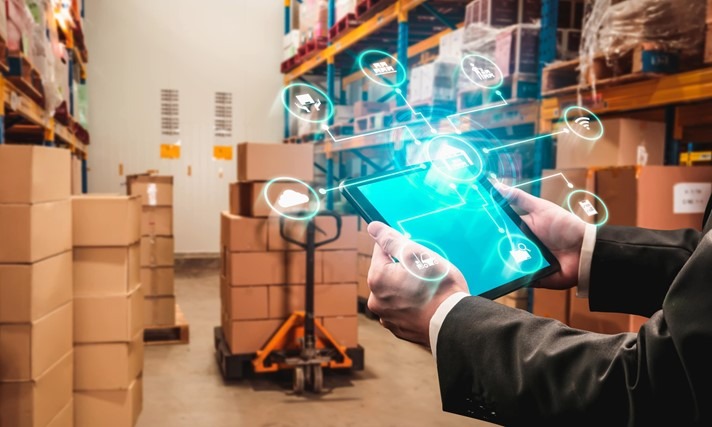The logistics and supply chain industry relies heavily on efficient data management and document processing. Optical Character Recognition (OCR) technology has become a valuable asset in streamlining operations, reducing errors, and improving overall efficiency in this sector. In this article, we’ll explore the pivotal role OCR plays in logistics and supply chain management.
The Importance of Data Accuracy
Accuracy in data management is crucial in logistics and supply chain management. Errors in documentation, such as shipping labels, invoices, and delivery orders, can result in costly delays and disruptions. OCR technology addresses this challenge by automating data entry and verification processes.
Automated Data Capture
OCR technology can automatically capture information from various documents, including handwritten text, printed labels, and barcodes. This automation minimizes the risk of human error associated with manual data entry.
Verification and Validation
OCR systems can validate captured data against predefined criteria, ensuring accuracy. Any discrepancies or errors can be flagged for review, allowing for corrective action before problems escalate.
Streamlining Document Processing
Logistics and supply chain operations involve a vast amount of paperwork, from bills of lading to customs documentation. OCR simplifies and expedites the processing of these documents.
Faster Customs Clearance
OCR-equipped systems can quickly extract and verify critical information from customs documents, expediting the clearance process and reducing border delays.
Efficient Inventory Management
Inventory management relies on accurate data. OCR-enabled systems help maintain up-to-date inventory records by automating data input and reducing discrepancies.
Enhancing Tracking and Traceability
Real-time tracking and traceability of shipments are essential in logistics. OCR technology contributes to these capabilities in several ways.
Barcode Scanning
OCR can read and interpret barcodes, enabling accurate tracking of packages and products throughout the supply chain. This enhances visibility and reduces the risk of lost or misplaced items.
Improved Route Optimization
OCR-enhanced data collection aids in route optimization. Businesses can make informed decisions about the most efficient routes and transportation methods, saving time and resources.
Integration with IoT and Sensors
OCR technology can integrate seamlessly with Internet of Things (IoT) devices and sensors.
Smart Warehousing
OCR-enabled sensors can identify and track goods as they move through a warehouse. This level of automation improves inventory accuracy and reduces the need for manual checks.
Real-time Updates
IoT devices combined with OCR can provide real-time updates on the condition and location of goods. This is particularly valuable for sensitive or perishable shipments.
Sustainability and Cost Reduction
Efficiency gains from OCR technology translate into cost savings and sustainability benefits.
Reduced Paper Usage
By digitizing and automating document processing, OCR reduces the need for physical paperwork. This not only saves costs associated with paper, printing, and storage but also aligns with sustainability goals.
Lower Error-Related Costs
Fewer errors in logistics and supply chain operations result in cost reductions related to rework, penalties, and customer dissatisfaction.
Conclusion
OCR technology is a transformative force in logistics and supply chain management. It streamlines operations, enhances data accuracy, and contributes to overall efficiency and sustainability. As the logistics industry continues to evolve, OCR will remain a critical tool for optimizing processes and meeting the demands of a rapidly changing global market.
